Wednesday 26th February 2025, New England
A day trip to New England seems very ambitious.
We managed to get there about 10:50am after a bit of a walk.
In case you have doubts, here is a photograph to prove that we had arrived.
There is a clue in this photograph that shows we had not crossed the Atlantic!
We were in Highley. in an area of woodland bordering Borle Brook known as New England.
The area was a coal mining area, and in the 18th century a collection of cottages were built in New England.
These were abandoned in the early 20th century and now the remains of one are preserved whilst the sites of some of the others are marked by wooden posts.
All this was explained on an information board by the remains, where we set up camp for the morning.
I have been fortunate to have been sent photographs of a wide range of the flora and fauna that we saw, including a mammal, a bird as well as a diverse collection of invertebrates, which I will share with you in this report.
Before lunch we radiated out from the remains of the cottage to see what the woodland habitat around this area was supporting. Here are some of the species we found.
A Small teasel, Dipsacus pilosus.
A White-legged snake-millipede, Tachypodoiulus niger.
A weevil, Sitona hispidulus.
Wandering out of this part of the woodland past some hazels resplendently dressed in their catkins…
You come to the Borle Brook which the road crosses as a ford.
Fortunately, pedestrians are provided with a footbridge.
Back to woodland.
A dead Muntjac provided our dipterist with the opportunity to carry out some forensic entomology, checking out the flies that had homed in on the carcass.
His reward for this onerous task was finding a fly that had not been recorded in the county before, Neoleria propinqua.
The woodland supported Opposite-leaved golden-saxifrage, Chrysosplenium oppositifolium.
A moss, Cryphaea heteromalla.
And finally, a snail, Clausilia bidentata.
Well not quite finally, as I found a twig on the wall of the cottage remains that had a nice ball of moss decorating it.
However, I have kept the best of the morning’s, nay, day's finds until last.
A Land caddis, Enoicyla pusilla, larva.
The Land caddis is our only caddis fly that spends its whole life on land. We have found one before on our outings. That was in 2018, when we last visited New England!
Hence the title of this report!
In the spirit of the title, here’s another photograph.
After this excitement a relaxing lunch was enjoyed.
Whilst we ate our food we were treated to sightings of a Marsh tit that flitted in and out the bushes close to where we were.
After lunch we crossed the road to more of the woodland that covers New England. This took us closer to the Borle Brook.
We did not go very far as a couple of picnic benches proved too good an attraction and we set up our second camp there. And, as before lunch, sent out exploratory expeditions from there.
The ground was very muddy and conditions were very slippery on the many inclines, which curtailed our adventuring.
Wandering down to the brook there was a rather nice bridge across the water.
On the rather out of character shiny metal handrails that had been added to the bridge I found a very early season damselfly.
How did I know it was a damselfly?
Because it told me!
If only all entomology was this easy!
But what would be the fun?
Returning to living things, there were some boards erected behind the picnic tables that were being warmed by sun, and this attracted a dolichopid fly, Liancalus virens, to settle and bask.
And suction sampling the vegetation uncovered a distinctive centipede with annulated appendages, Lithobius variegata.
The day was brought to a close by a pair of springtails, both probably a species of Katiannidae.
The first was a nymph.
It is thought the dark colour showing through the abdomen is the food being processed by the gut.
The second is an adult.
The conditions underfoot and the prospect of the long walk uphill to get back to the cars brought an excellent day to a close.
My thanks to Shropshire County Council for granting us permission to do what we enjoy doing and the photographers for their brilliant images and allowing me to use them in this report.
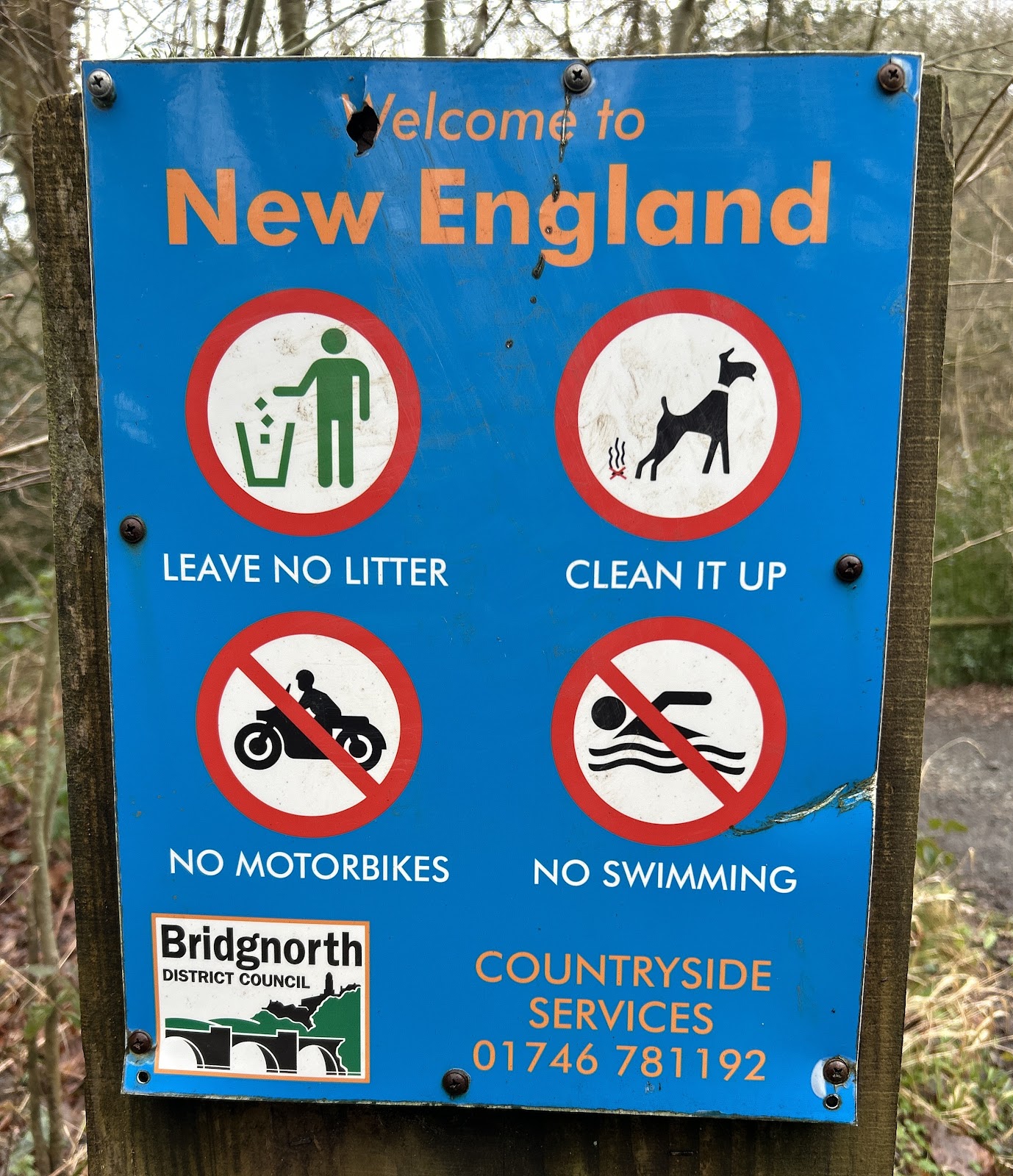












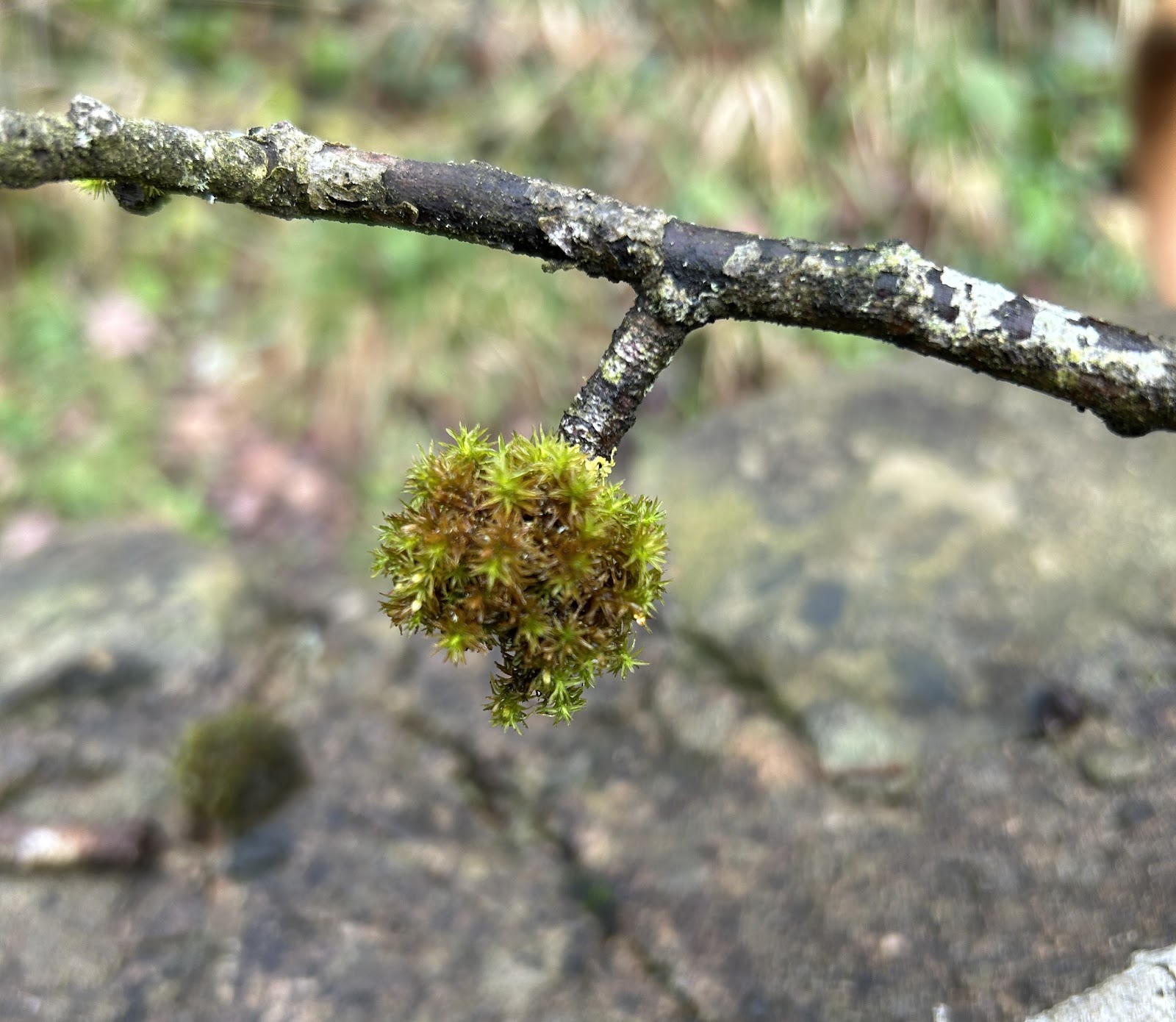













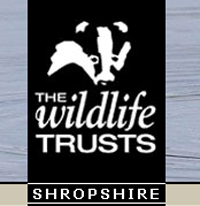

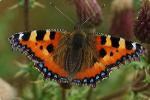




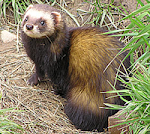

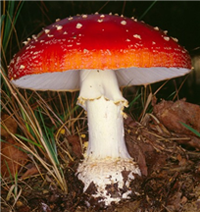





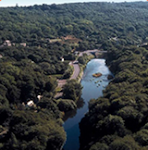






No comments:
Post a Comment
Please feel free to comment on this post...